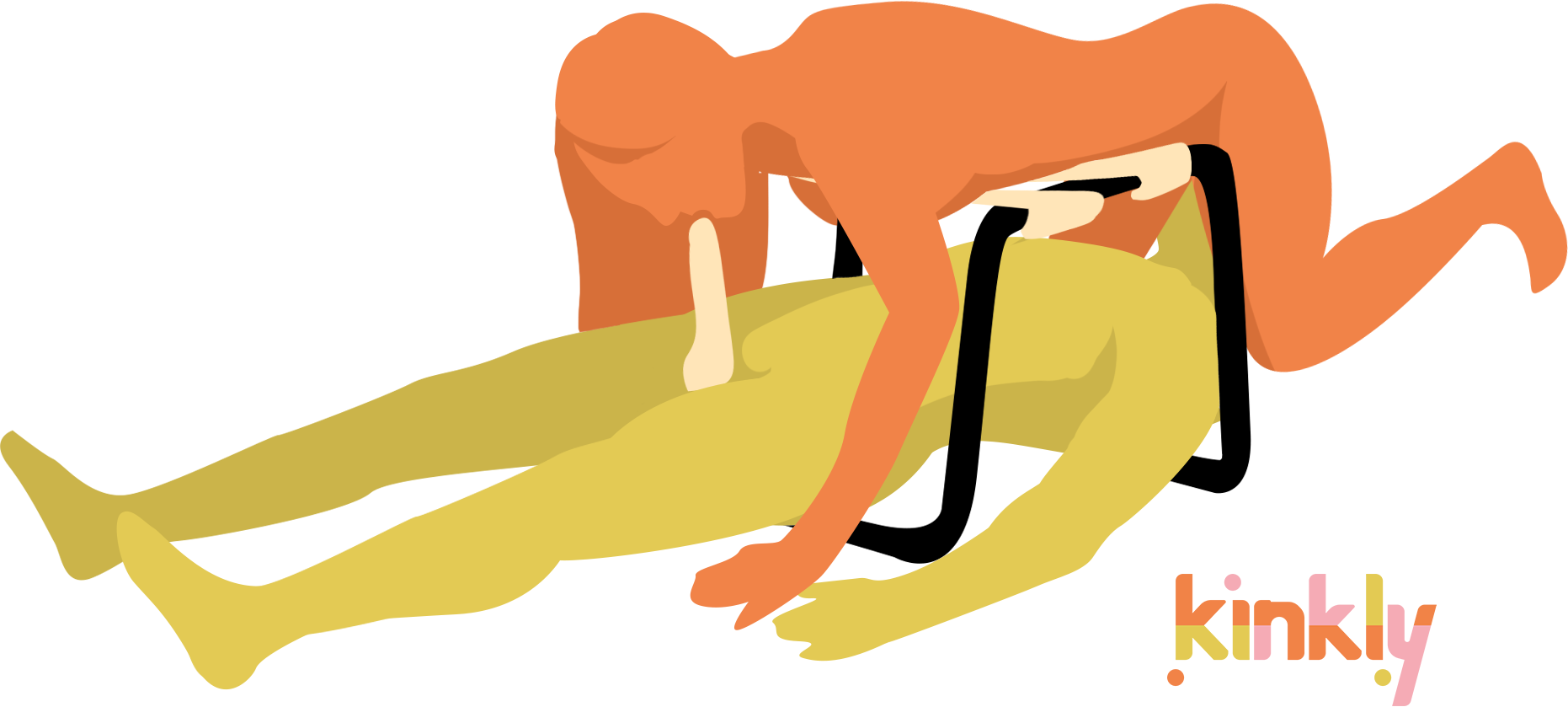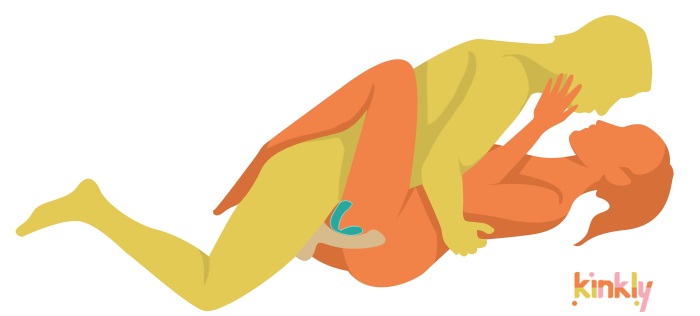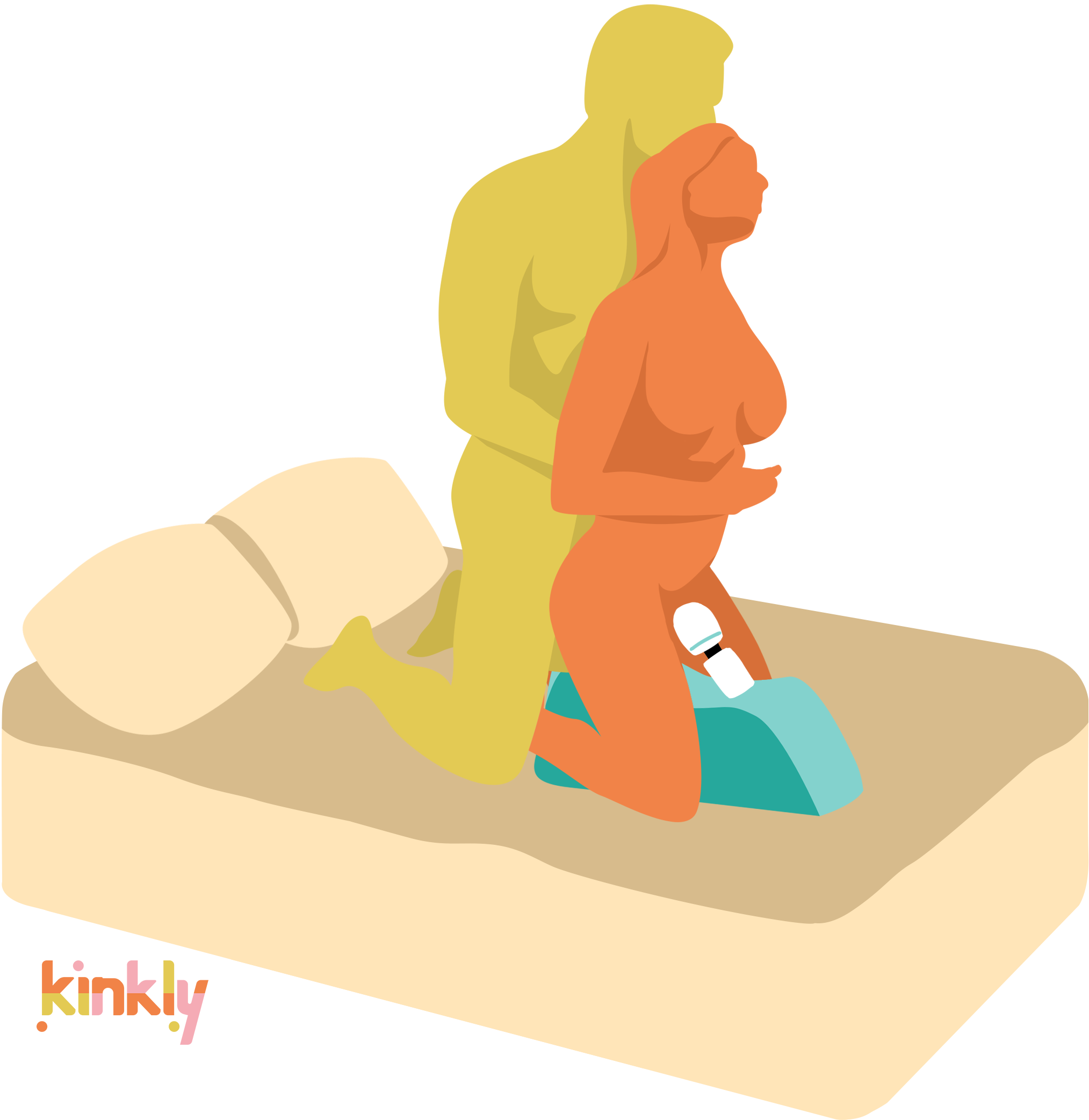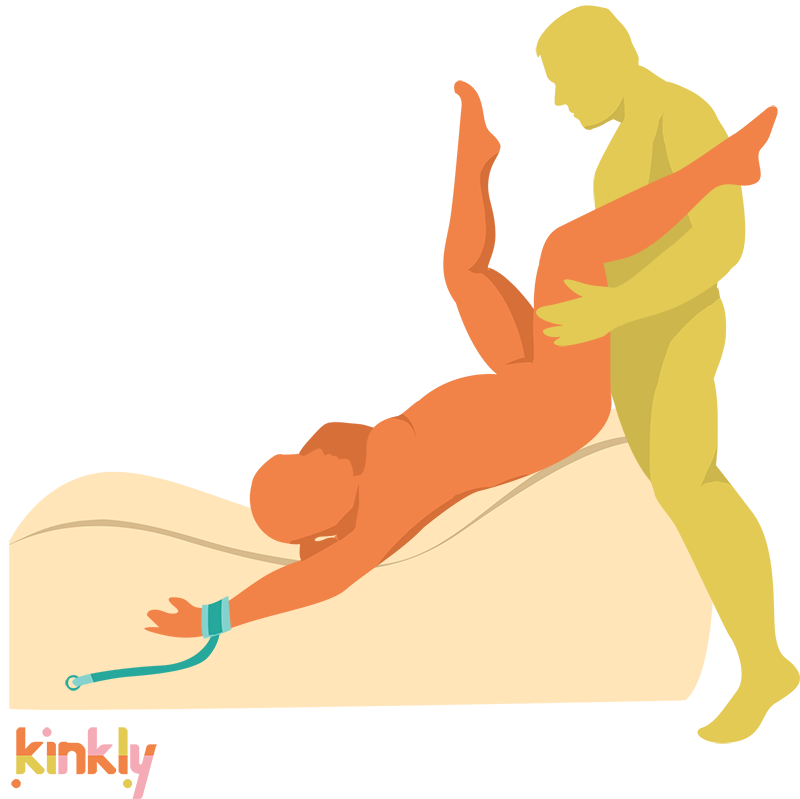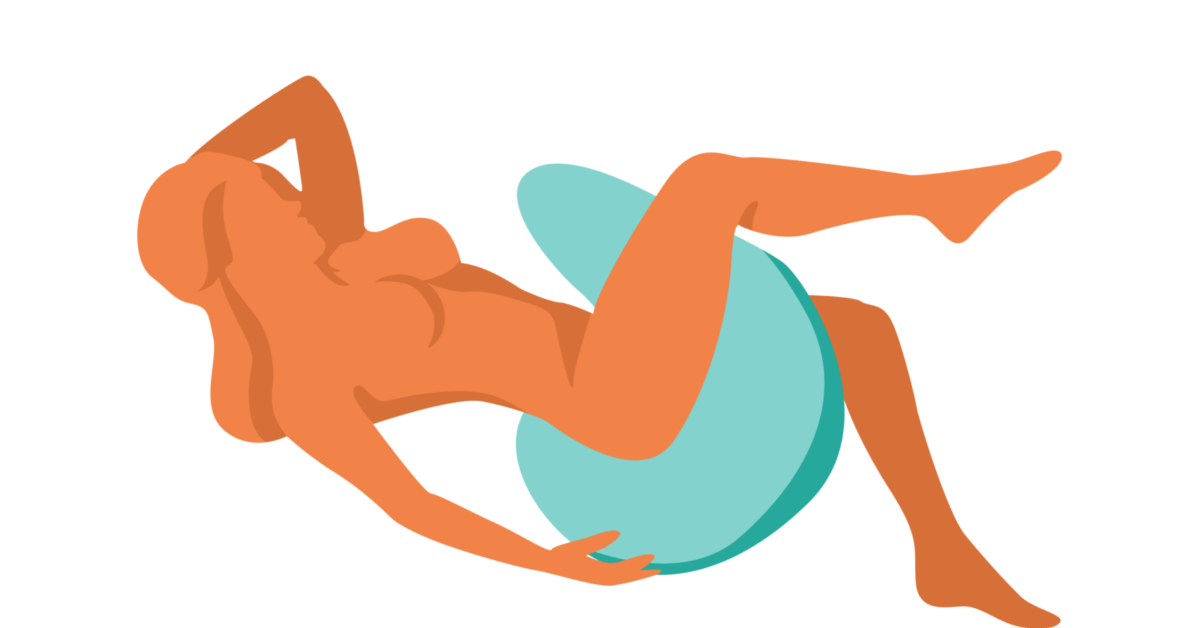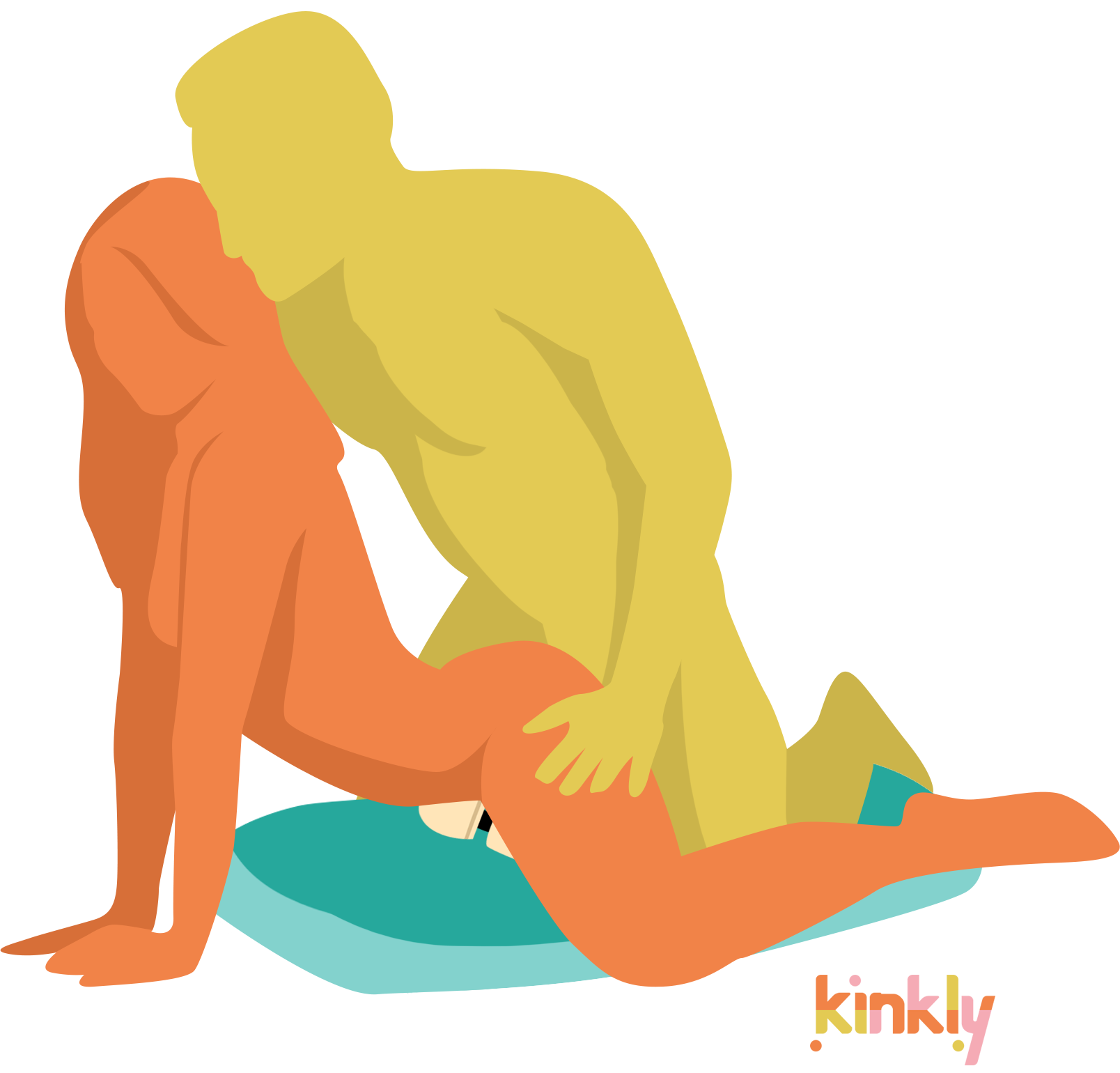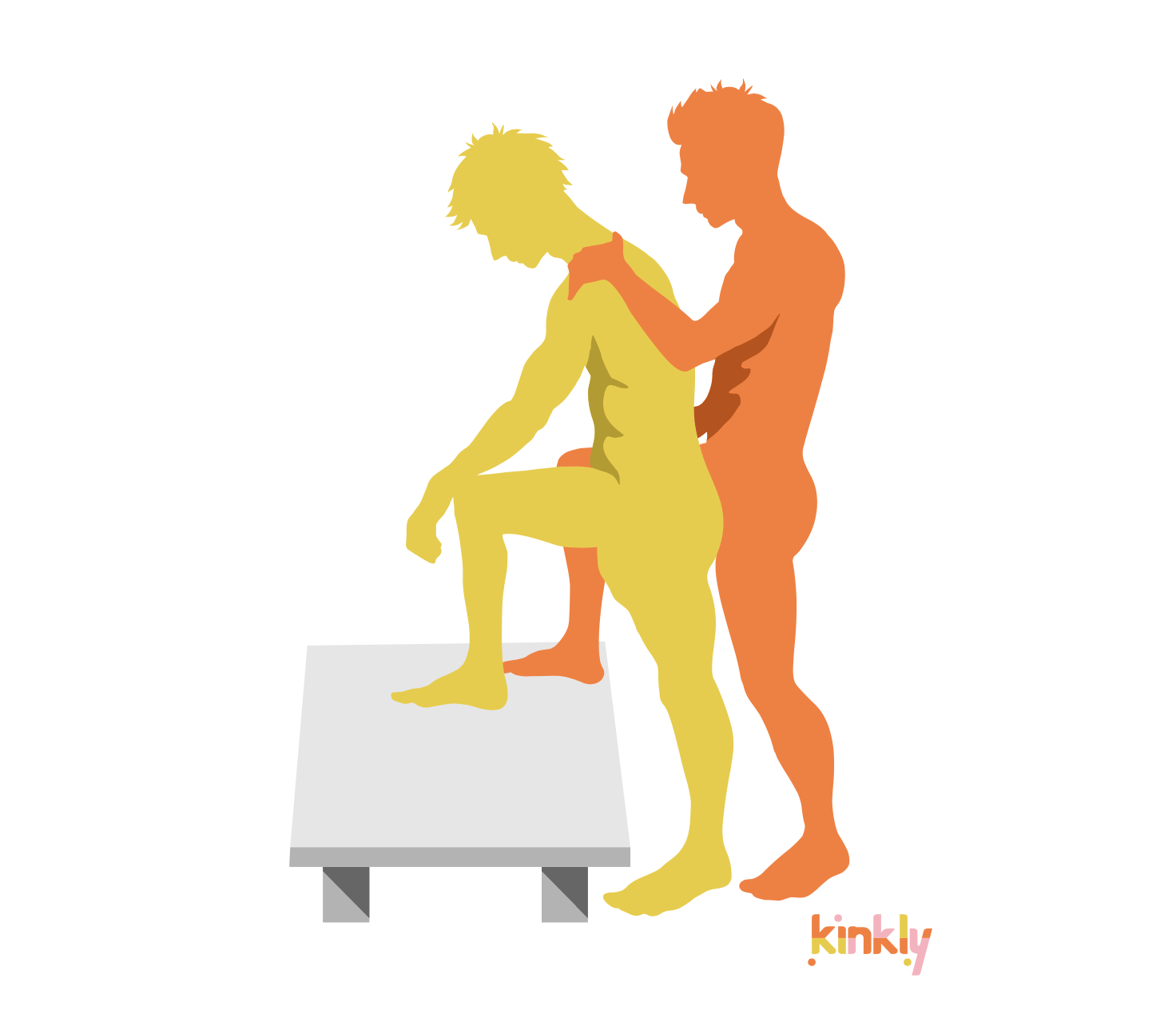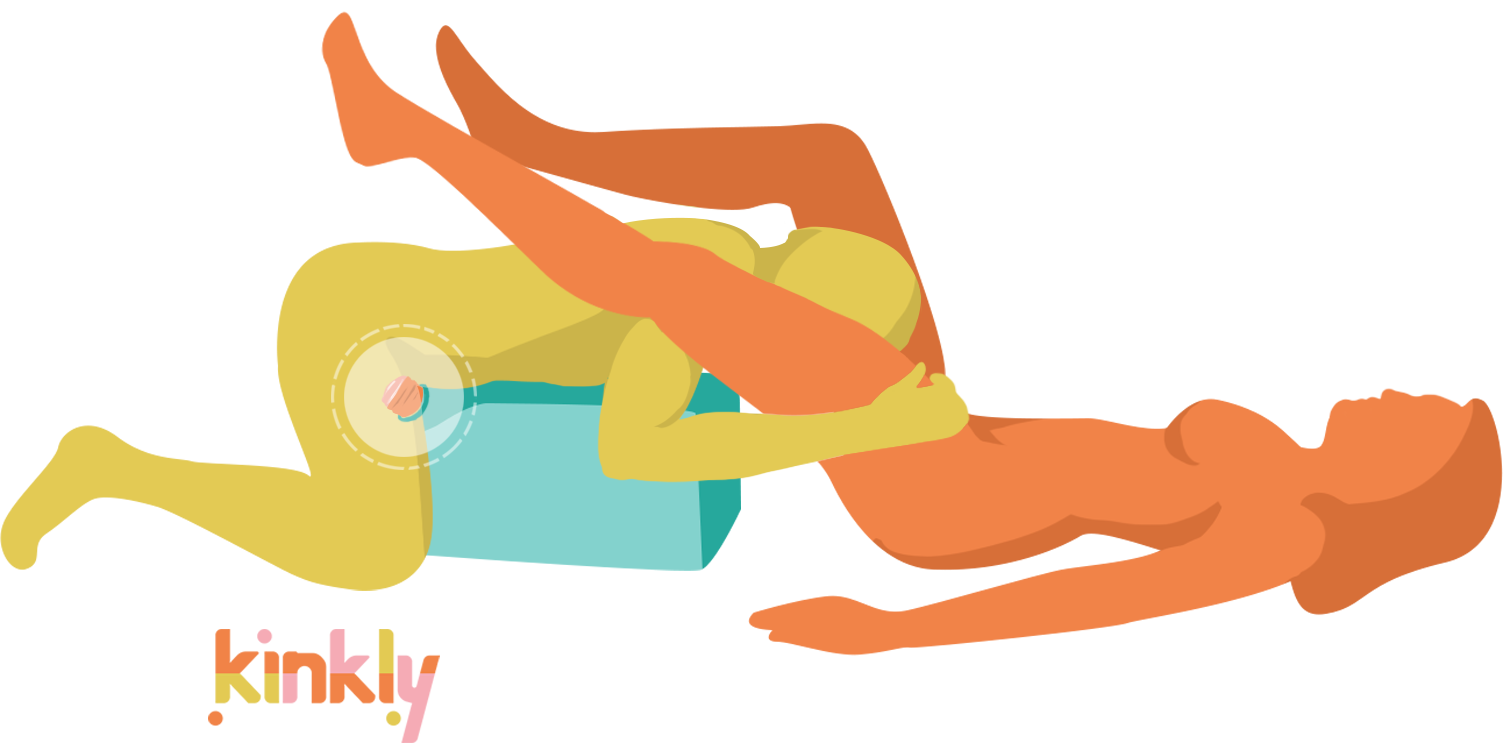The fimbria is a fringe-like part or structure that forms parts of the female reproductive system. Thin projections form a fringe, especially around the ovarian opening of the Fallopian tubes. Tiny fimbriae (plural of fimbria) move the eggs from the uterus to the ovary because the ovary is not connected to its adjacent Fallopian tube. When ovulation is about to occur, the fimbriae is activated, causing it to swell and hit the ovary in a sweeping motion, allowing the eggs to be ushered into the ovary. Once in the Fallopian tube or uterus, the egg can be fertilized, leading to pregnancy
More About Fimbria
The fimbria is a crucial part of the female reproductive system. Fimbriae make it possible for conception and ovulation to take place. Without the fimbriae ushering the egg along the ovary, it would not be possible to conceive.




